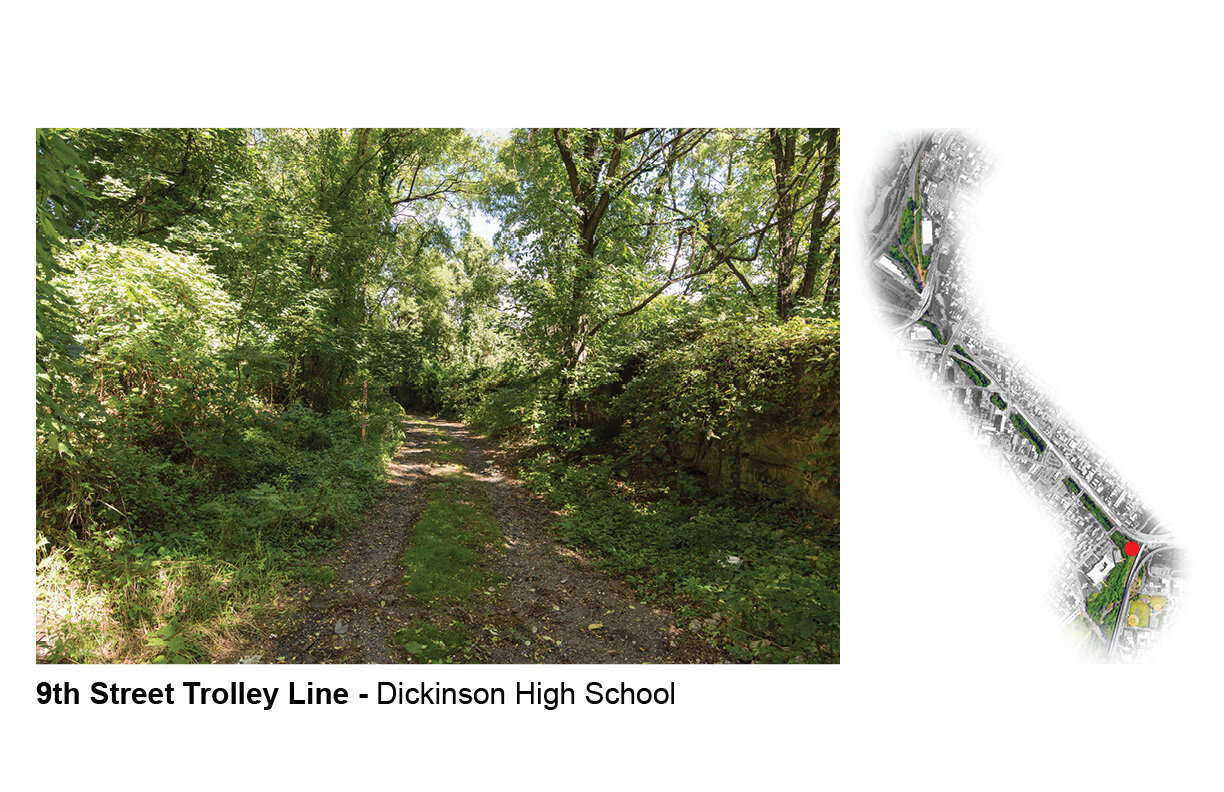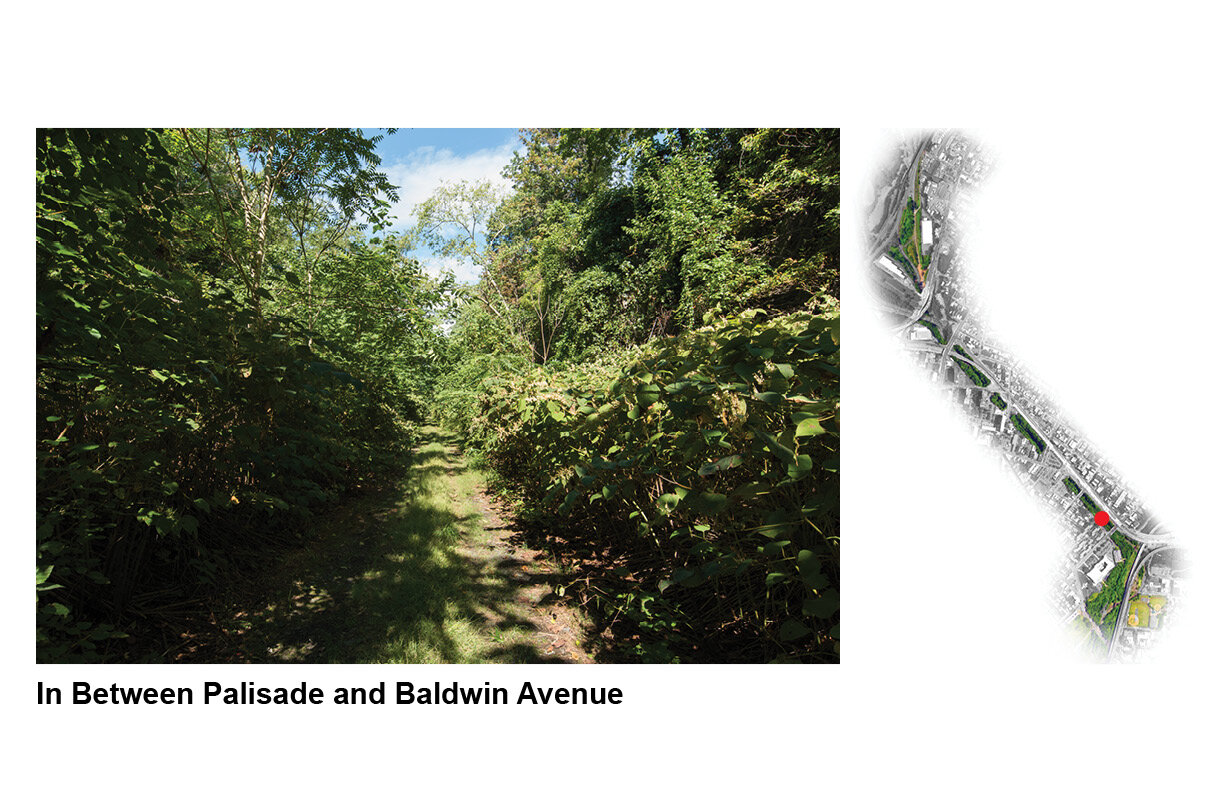Open The Arches
2019 Fundraiser
Thank You to all the attendees and sponsors!
$30,000+ Raised and 200+ attendees, to Open the Arches!
Our Goal
The Bergen Arches is a 17-acre historic rail-cut bordering Journal Square that has not been used since 1957. Our goal is to get this long-neglected property opened to the public as a High Line-style park. The money raised from this event will be used to facilitate the public use of the Bergen Arches and to raise awareness of this historic asset.*
*Any remaining funds at the conclusion of this initiative will be credited to the general fund of the Journal Square Community Association to facilitate its mission of creating a clean, green and safe Journal Square.
History
The excavation ran from Palisade Avenue and terminated at Tonnelle Avenue for a total length of just under one mile. At its deepest point, the base of the cut measured 85 feet beneath street level. The base of the cut was 58 feet wide and accommodated four separate rail tracks. (1)
Along the Erie Cut’s length, six arched bridges and tunnels were constructed to keep intersecting streets intact. These distinctive arches gave the cut it’s alternate name, the Bergen Arches.
The general contractors for the project, the Millard Construction Company of Philadelphia, noted that 750,000 linear feet of drilling were required to complete the project and boasted that, though the work was always dangerous, there wasn’t a single instance where a life was lost during the project’s 3+ year duration.
Prior to the opening of the Bergen Arches/Erie Cut, passengers traveled east to the Hoboken and Pavonia train stations through the adjacent Long Dock Tunnel. At the time, trains were coal burning, steam powered locomotives and the lack of ventilation in underground tunnels created uncomfortable conditions for passengers. In order alleviate this problem, the railroad decided to create an open-air, four track wide cut through Bergen Hill rather than another enclosed tunnel to better accommodate passengers. The Long Dock Tunnel was re-purposed for freight rail and still operates as such to this day.
In 1957, the Bergen Arches saw their final passenger train. A 1982 article for the New York Times titled, “The Rise and Fall of the Railroads”, explains some of the reasons why rail infrastructure like the Bergen Arches was abandoned;
At its peak, passenger rail service in New Jersey was available in all 21 Counties and the statewide system totaled more than 1,100 route miles. But the Depression, and the switch from automobiles after World War II, dealt a blow from which the railroads still have not recovered.
A deadly cycle set in. As the number of passengers using trains decreased, causing revenues to fall, the railroads tried to survive by cutting back on maintenance and service. The moves backfired, driving away still more passengers, which forced higher fares, service was reduced even further and a created a chronic deterioration of equipment. (2)
In the 62 years since the last train rumbled through the Bergen Arches, and despite numerous studies to evaluate the lands worth as a transportation corridor, the property has been neglected and all but forgotten. As a result, nature has transformed the once busy railway into a tranquil urban woodland.
Bibliography
(1) NY Times, Finish Erie Tunnel in Jersey Heights, 1910
(2) NY Times, The Rise and Fall of the Railroads, 1982
Virtual Walkthrough
Swipe left to right







































